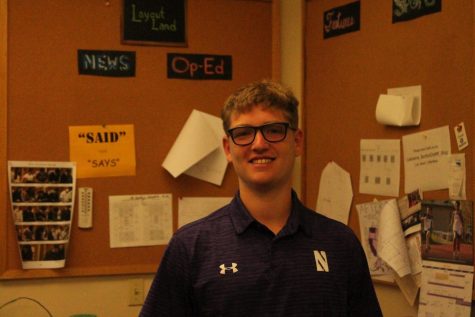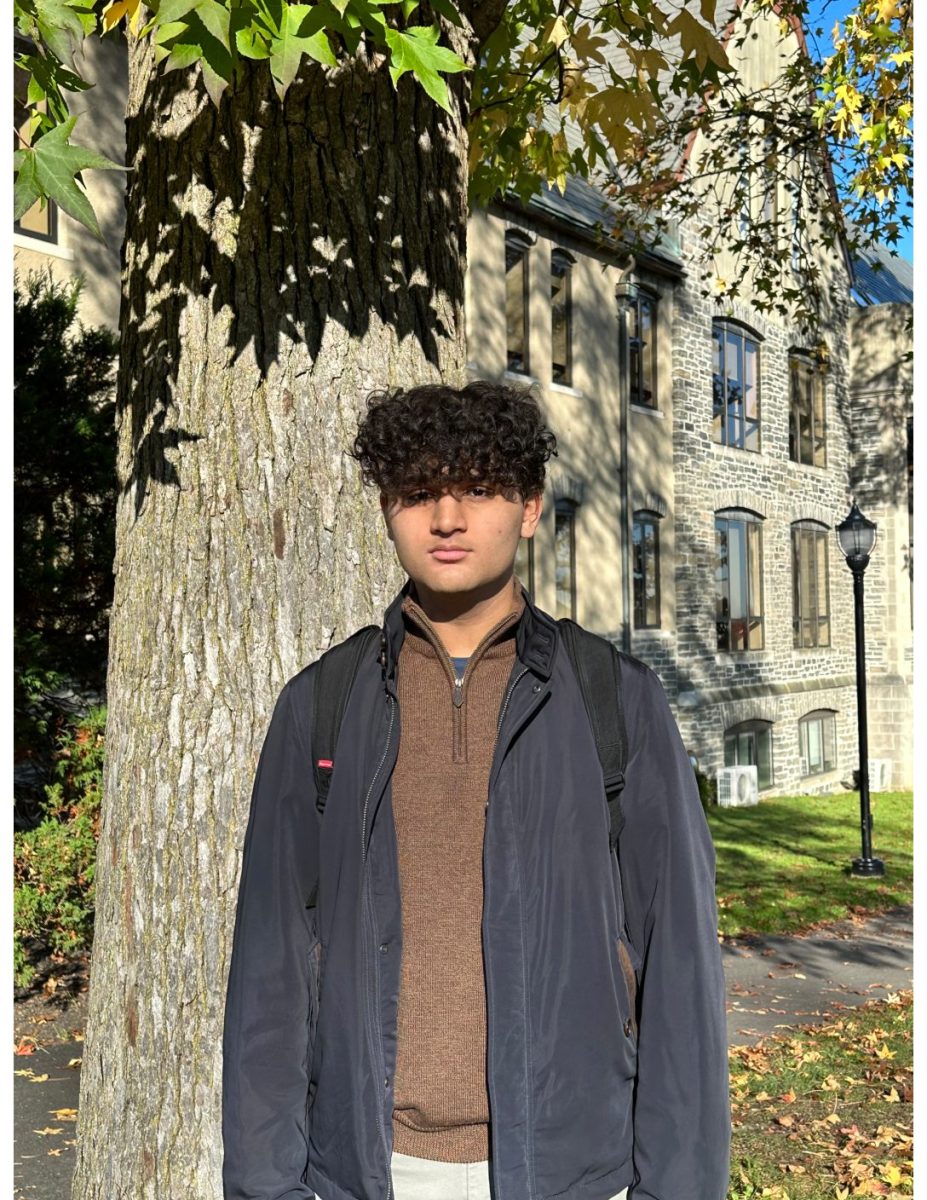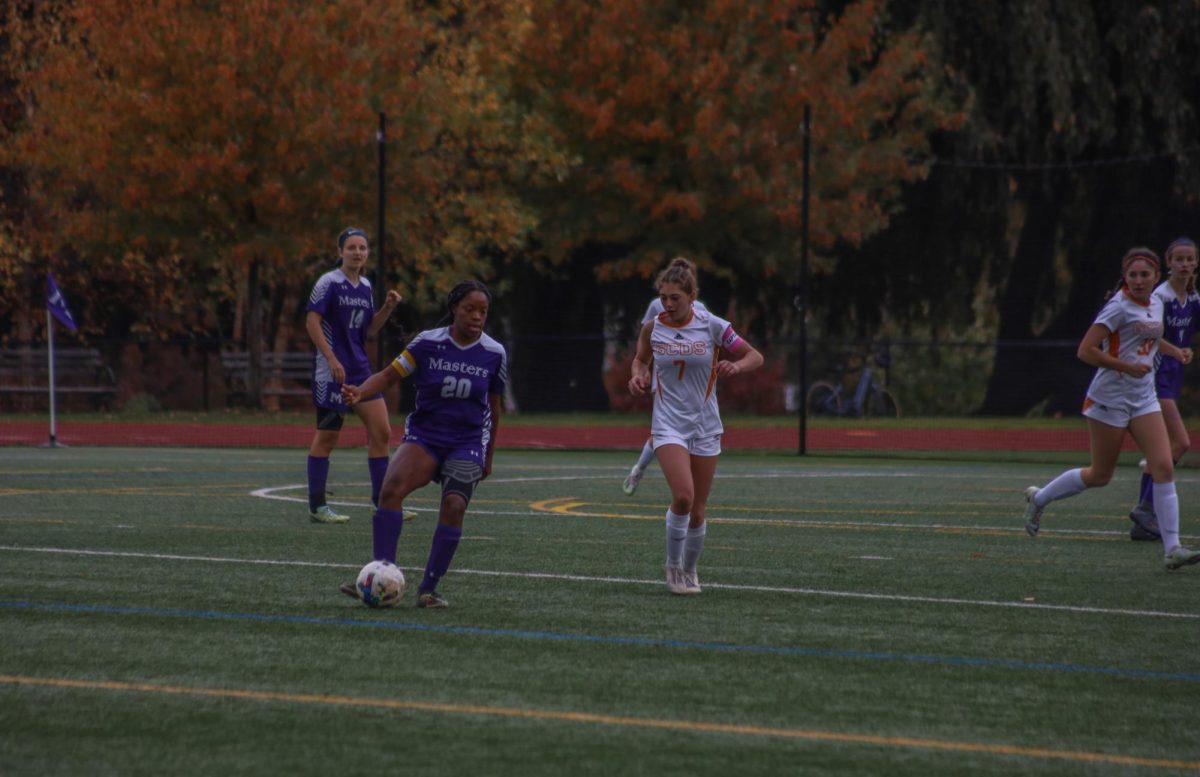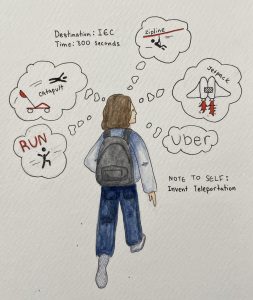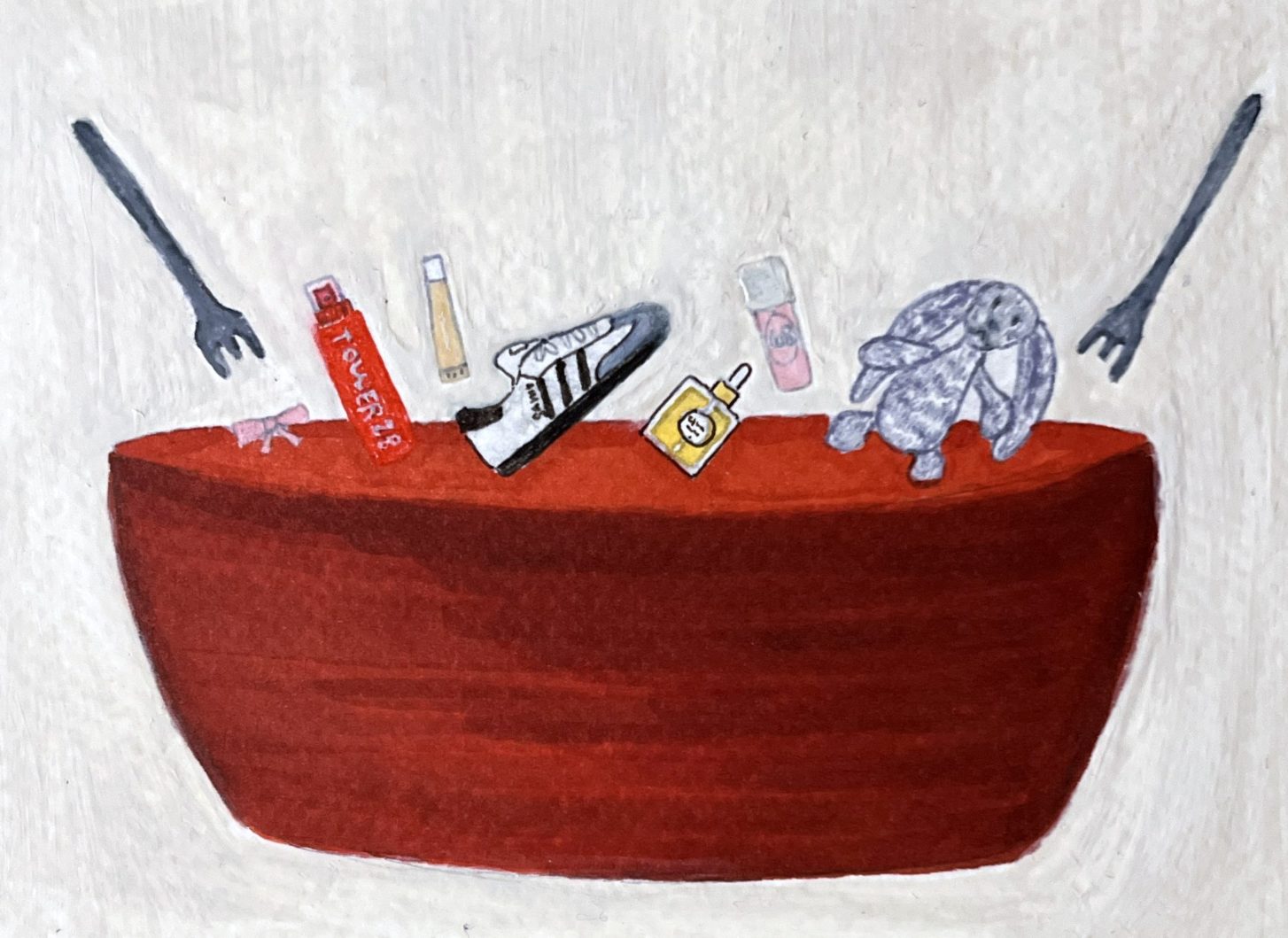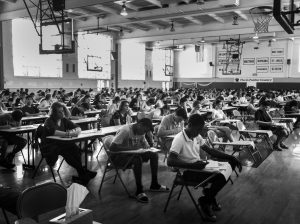Showing Harkness Discussions Helps Display The Masters Student Experience
February 14, 2019
In 1930 at Phillips Exeter Academy, the Harkness method was adopted as a learning style which emphasized student discussion and learning from other peer’s observations while seated around a large, oval table. Named in honor of oil magnate Edward Harkness, the creator of the learning style, the Harkness method has encouraged students, including those of The Masters School, for decades to participate in collaborative learning and obtain individual discovery in an educational environment.
As a prestigious independent school, Masters showcases the Harkness method as a key tenet of its transformative educational environment and a way to differentiate itself from other elite high schools within Westchester County and New York City. The Harkness method’s discussion-based learning has woven itself into our school’s identity and has become a crucial factor of what makes a Masters education unique. As a result, when a family comes to visit campus, it is critical that they see the Harkness method in use in order to truly see how much we, as a school, value this learning method.
This September, Director of Enrollment Management Emma Katznelson briefed members of Gold Key, the touring society whose members are ambassadors of the Office of Admission, about a new policy for showing classrooms to prospective families. Rather than standing outside classrooms and pointing out the oval-shaped table as done in the past, tour guides would enter classrooms while they are in session and show their guests an active Harkness discussion. As tours have begun entering classrooms, some students and faculty are feeling that the new policy interrupts effective Harkness discussions or class lectures. However, despite individuals’ discontent, I believe this tour addition must remain in order to show to a prospective student and their family the key educational value that our school prides itself upon.
A Harkness discussion affords a collaborative and encouraging environment for students to have engaging and thoughtful conversations. And so, even though the presence of a Gold Key tour in a classroom may be considered a hindrance to the flow of Harkness, the content and quality of the discussion does not decline. Besides a Gold Key guide asking the teacher for permission to stand in the far corner of the room and observe–an interruption of mere seconds–these tours, in my opinion, do not create distractions that will detract from the effectiveness of the learning method.
As a class period may run anywhere from 55-110 minutes on a normal schedule. It is interpreted that a majority of each class, though not every minute, will be dedicated to a Harkness discussion, especially in humanities classes. For example, if a class has a 45-minute Harkness discussion during a single period, one or two tours may enter during that time frame. Although, with a prospective family merely observing, and the only words being said are those of the tour guide asking to stand in the room, tours do not create distractions during Harkness because one, silent visit during a 45-minute discussion only comprises a maximum of three minutes, or seven percent of the discussion time, not enough to derail its quality.
Faculty and students are aware of this policy and can expect a Gold Key member and a prospective family to enter a room at any time. As a result, teachers may sometimes feel pressured to change the course of a class or students be compelled to say a comment. But that is not Gold Key and the Admission Department’s goal. This policy is not to force certain behaviors or class objectives, but rather to exhibit the natural occurrences that make up studies at Masters. No teacher from any department shall be forced to immediately shift to Harkness when a family enters. Rather, classes should continue on their path of learning, whether it be a lecture about historical document citations or a discussion about Invisible Man, in order to show the productive and unique nature of a Masters education.
Despite certain students and faculty expressing disdain for the policy, there have been no formal complaints to the Office of Admission that the presence of tours in classrooms diminishes the quality of a lesson. Additionally, Katznelson shared with me that many families say the highlight of their tour is the classroom visit because it exhibits the environment of a Masters classroom.
As a Gold Key tour guide for my second year, it has been a privilege to take families around Masters and show them the special place it truly is. It greatly excites me that tours now show families Harkness discussions, one of the school’s self-proclaimed strongest qualities, allowing a prospective student to see firsthand how this collaborative learning method will help them grow as a learner, as a speaker and as a leader.
On both my own tour as a prospective student in early 2015, and as a tour guide last year, the only Harkness experience I received and presented was through a small window, which showed the oval table, but not the words being said, the questions being raised and the powerful engagement of the students.
Members of the Masters community must understand that the Office of Admission did not create this policy to sidetrack students in their academic endeavors. Rather, by giving Gold Key guides the opportunity to enter classrooms with prospective families, Masters is advancing in proficiently displaying the Harkness method, exhibiting the key factor that makes Masters so different, and so unique, from thousands of high schools across the country.



